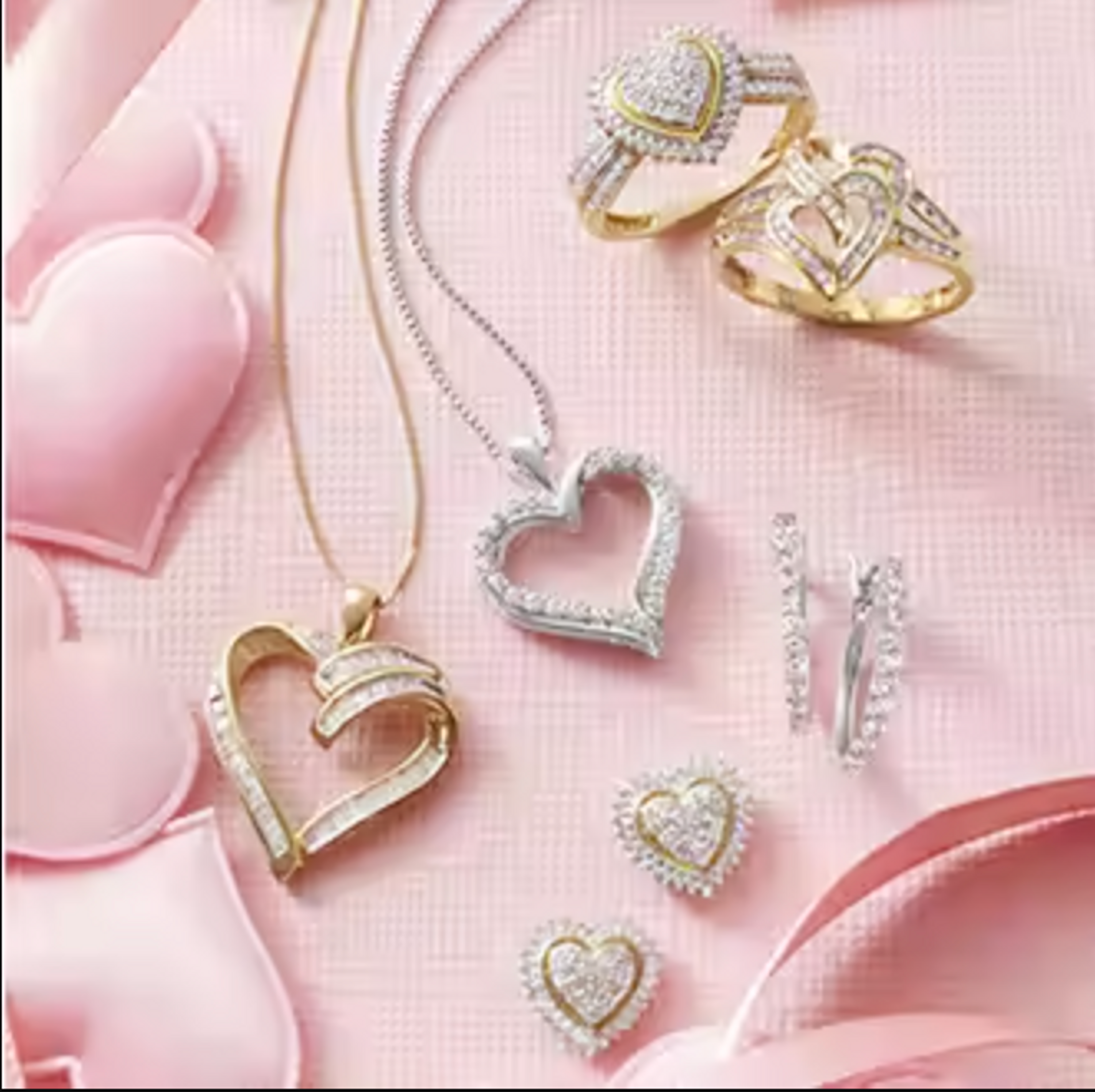Why jewelry has become the go to gift for Valentine
Posted by AVI on Feb 2nd 2023
Jewelry can be the ideal choice if you're looking for a distinctive and thoughtful gift to celebrate your love on Valentine's Day.
Today is no different from ages past when jewelry was a common means of expressing love and affection. In fact, one of the most popular Valentine's Day gifts today is jewelry. The top five explanations are as follows:
- Classic Elegance
A present that never goes out of style is jewelry. No matter how much time has passed, it is a timeless and elegant gift that will be cherished forever. Jewelry, whether it's a necklace, a pair of earrings, or a bracelet, gives any outfit an appearance of elegance and glitz.
- Personalization
Jewelry is a distinctive and thoughtful gift since it can be customized in endless ways. For instance, you can choose a piece that integrates the birthstones of your loved one or have a unique message inscribed on a pendant or bracelet. An excellent method to demonstrate that you've given a gift some real thought and consideration is to personalize jewelry.
- An emblem of love
A physical manifestation of love and affection is jewelry. It serves as a physical reminder of your love for your mate and serves as a symbol of your unique relationship. Jewelry serves as a continual reminder of your love and dedication, whether it's a straightforward gold band or a fancy diamond ring.
- Versatility
Jewelry is a great present for any occasion because it is versatile and can be worn in many different ways. Jewelry can be worn with a variety of attire, from business casual to casual parties. There is jewelry out there that will fit your loved one's style, whether they choose bright, statement pieces or subtle, delicate ones.
- Long-Term Value
Jewelry is a purchase that can be handed down through the generations. It will be cherished for years to come since it has emotive value and lasting value. Jewelry has the ability to trigger memories and feelings for future generations, whether it is an antique item or a fresh and contemporary design.
In conclusion, jewelry has earned a reputation as the ideal Valentine's Day present. It has enduring worth and is timeless, symbolic, adaptable, and personal. Therefore, jewelry is the ideal method to express your love on Valentine's Day, whether you're looking for a modest and elegant piece or something more complex.


